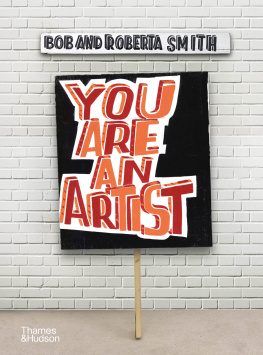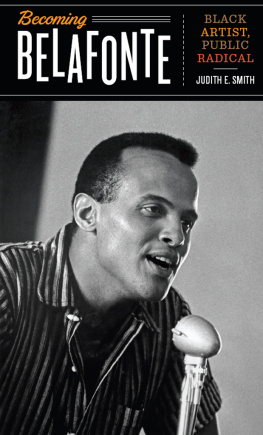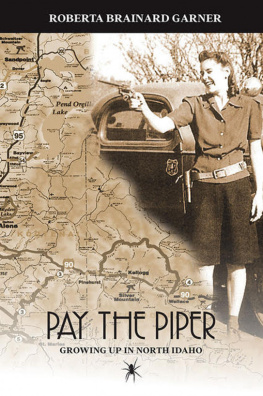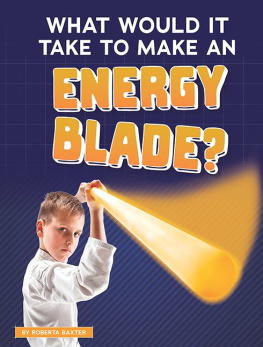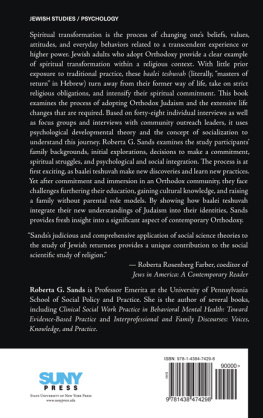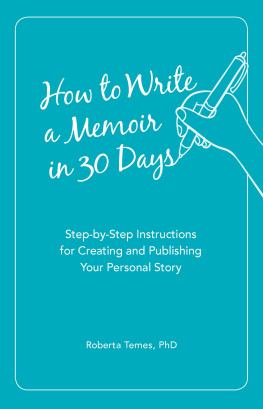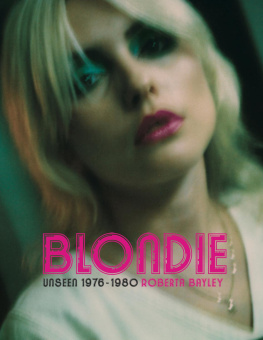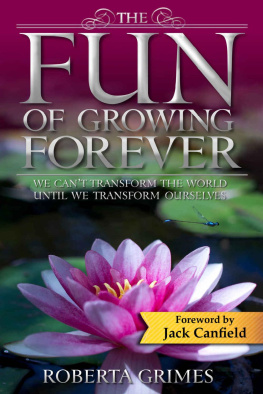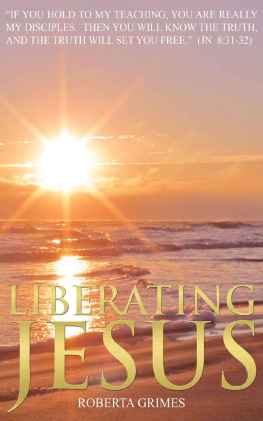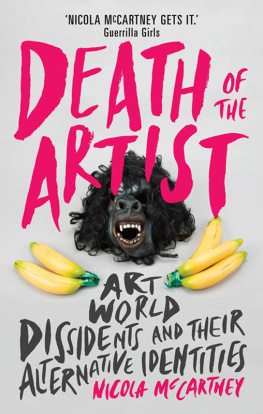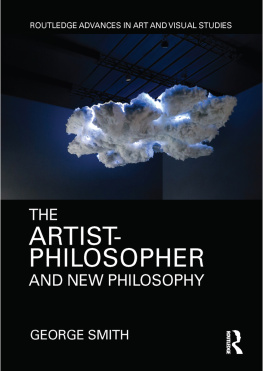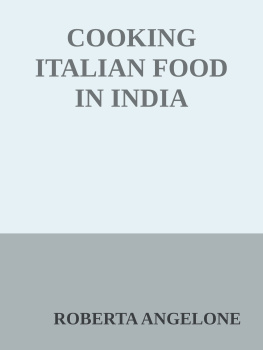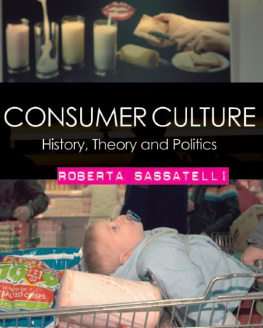Bob and Roberta Smith - You Are an Artist
Here you can read online Bob and Roberta Smith - You Are an Artist full text of the book (entire story) in english for free. Download pdf and epub, get meaning, cover and reviews about this ebook. year: 2020, publisher: Thames & Hudson, genre: Art. Description of the work, (preface) as well as reviews are available. Best literature library LitArk.com created for fans of good reading and offers a wide selection of genres:
Romance novel
Science fiction
Adventure
Detective
Science
History
Home and family
Prose
Art
Politics
Computer
Non-fiction
Religion
Business
Children
Humor
Choose a favorite category and find really read worthwhile books. Enjoy immersion in the world of imagination, feel the emotions of the characters or learn something new for yourself, make an fascinating discovery.
- Book:You Are an Artist
- Author:
- Publisher:Thames & Hudson
- Genre:
- Year:2020
- Rating:4 / 5
- Favourites:Add to favourites
- Your mark:
- 80
- 1
- 2
- 3
- 4
- 5
You Are an Artist: summary, description and annotation
We offer to read an annotation, description, summary or preface (depends on what the author of the book "You Are an Artist" wrote himself). If you haven't found the necessary information about the book — write in the comments, we will try to find it.
You Are an Artist — read online for free the complete book (whole text) full work
Below is the text of the book, divided by pages. System saving the place of the last page read, allows you to conveniently read the book "You Are an Artist" online for free, without having to search again every time where you left off. Put a bookmark, and you can go to the page where you finished reading at any time.
Font size:
Interval:
Bookmark:




Other titles of interest
Painting Masterclass: Creative Techniques of 100 Great Artists
Susie Hodge
Turners Apprentice: A Watercolour Masterclass
Tony Smibert
Drawing and Painting: Materials and Techniques for Contemporary Artists
Kate Wilson


Whether you like it or not, you have been enrolled in the world and it is an art school. You Are an Artist because every human being who has ever lived was once an artist. All children are artists. Drawing images is an important part of how we learn. Parents know that teaching their children how to read, write and talk is, above all else, a conversation. Talking to a child elicits a response.
Most childrens first words are variations on Mum or Dad. A friend of mine who was born in 1963 professed that the first words she ever uttered were yeah, yeah, yeah, because she had been aurally exposed to The Beatles singing yeah, yeah, yeah in the chorus of the hit song She Loves You.
Visuality plays an important part in learning to talk. Early childhood drawings might be circles or squares or a forest of lines. My wife, the artist Jessica Voorsanger, and I kept what we could of our childrens early drawings. I remember asking my daughter Etta, who had made a drawing, Is that Mum or the cat? She said, No, this is a giraffe. The drawing did not look much like a giraffe, but she was proffering the idea that the marks she had made related to her love of giraffes (Etta is now, twenty-two years later, a successful graphic designer). Ettas giraffe was in a house. The house was represented by a square. I can remember the conversation: What does the giraffe eat? Has the giraffe got a mummy and daddy? Does the giraffe wear a dress? Etta made drawings of all these elements. She then announced that the giraffe had a car, and a circle appeared as she made a vroom vroom sound, imitating the petrolhead giraffe speeding off into the sunset.
We had many conversations with Etta through drawing. All parents do. Early-years teachers know the routine: the child is the celebrity and the teacher the interviewer. These conversations are made possible through the human capacity that psychologists have identified as joint attention. We are able to draw attention to an object or a concept in order to involve another person (we share this capacity with dogs and chimpanzees). All language is facilitated at root by joint attention, enabling us to have conversations about any number of subjects. These subjects, be they objects, concepts or processes, are the raft upon which human interaction is built. Importantly, we are able to ask our friends, How about this? Children are constantly asking, How about this?


The question How about this? is fundamental to art and design because artists and designers are saying it every time they pick up a paintbrush or pencil, or turn on a video camera.
In the twenty-first century we finally have a kind of dialogical art. A revolution in art and design has recognized that the voice of the audience contributes to and formulates our art in a much more conversational way than had previously been thought. How about this? say the artists, and How about this? say their audiences. Art is now part of a huge societal feedback loop. This book aims to include you in a dialogue that will strengthen your voice.
We think of children as uninhibited. Play and the free exercise of the imagination are essentially the same thing. A piece of wood can be a car; a pile of stones is a corps de ballet, or an army. Imagining that a piece of wood is a car is saying, How about this? This process is all about language. It is a dialogue between human beings. Such dialogue is about images and objects as much as it is about the kind of written language that is formally taught in schools. Indeed, this aspect of communication should be fostered in schools as well. As I have proclaimed in paint many times, All Schools Should Be Art Schools.
As a childs education progresses, bodies of knowledge need to be accumulated, and so at some point the dialogue between teacher and child becomes more one-sided. The child abruptly ceases to be the interesting celebrity and is seen by educational authorities as a sponge, or a bucket, to be filled to the brim with facts. BUT, in the art room, on the stage, while writing a poem, and while holding a musical instrument, the How about this? question still lingers in schools. We should want our kids not to be audiences for teachers, but rather learners in a dialogue with folks from the previous generation, who are able to introduce the rich menu of the world to its new participants. We should demand a generous dialogue.
Maths teachers require that children show their workings out. But mathematics, like art, requires imaginative leaps. It is a major educational failing that the links between mathematics and the arts pattern, the imagination, complexity are not taught in early-years education, in a subject that should be called Leonardo da Vinci 101.
We need more people to feel empowered to say How about this? We think of artists, architects, writers, musicians and actors as brave because they break through the walls of inhibition and have the self-belief and chutzpah to ask, How about this? But we can all be brave. This book is for everyone. Be brave. Grab hold of a pencil and draw. You once were an artist. You were quite a conceptual artist and an abstract artist with an interest in language, but you also used to like making marks for their own sake.
This book takes you through ten aspects of the arts, and asks you to respond to a number of provocations. These are based on exercises I have used with students in over thirty years of teaching in art schools and universities.
Apart from being dialogical, art is shaped by curiosity. I believe that the kind of curiosity that leads to art is guided by shifting, polyphonic algorithms. Computers use algorithms to sort and sift information about the world. Throughout this book runs the idea that curiosity is in some magical-seeming way a neurochemical device, similar to an algorithm. I hope to show how curiosity can be switched on through art-making.
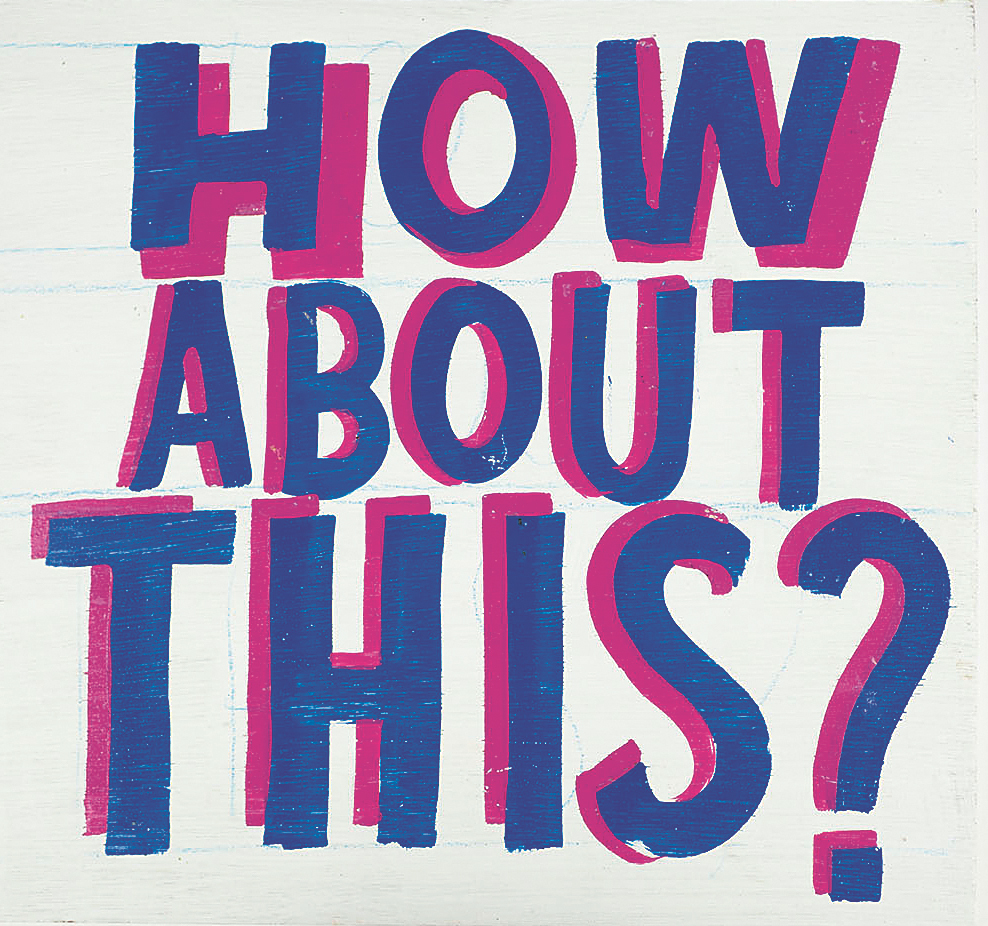
Font size:
Interval:
Bookmark:
Similar books «You Are an Artist»
Look at similar books to You Are an Artist. We have selected literature similar in name and meaning in the hope of providing readers with more options to find new, interesting, not yet read works.
Discussion, reviews of the book You Are an Artist and just readers' own opinions. Leave your comments, write what you think about the work, its meaning or the main characters. Specify what exactly you liked and what you didn't like, and why you think so.

